Overview

Population
The approximate population of University Village is 27, 557 people. This is very big population for a neighborhood, but many of the residents are college students living in a dorm.
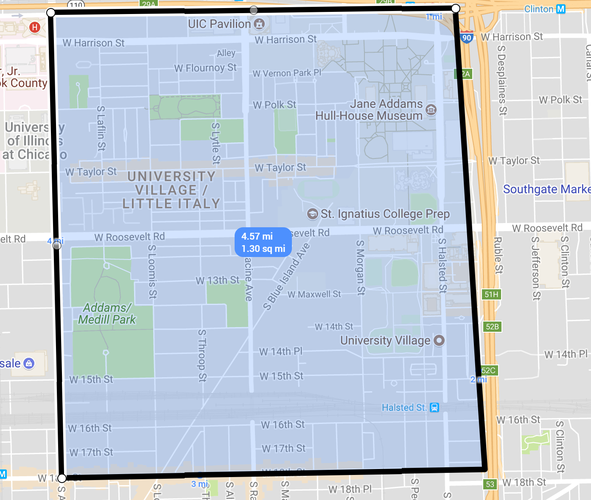
Size
The approximate area of University Village is 1.30 square miles. This is pretty big, hundreds of times larger than the size of a football field.
Identity

The identity of University Village seemed to be a blend of the Old Little Italy and the new college town of University Village. In the center of the neighborhood and towards the west, there were many obvious signs that there is a sense of identity. The University Village Marketplace had many shops that declared they were apart of University Village.
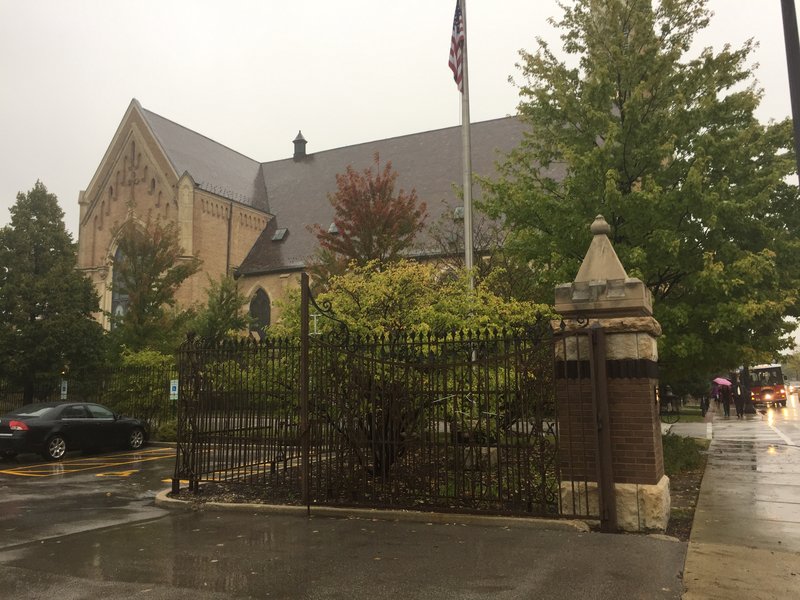
However, the further I went from the University of Illinois at Chicago (UIC) the less “University Village” signs there were. There definitely seems to be a strong relationship between University Village and UIC. Once I left the boundaries of the campus I saw more signs of Italian Heritage. Even architecturally the buildings were very different. In the east and north side of town the buildings were more residential and old. Many buildings were even regal looking.Below is one of the three huge Roman Catholic Churches in University Village and St. Ignatius College Prep. The style of these buildings reflects the general style of this area of the neighborhood.
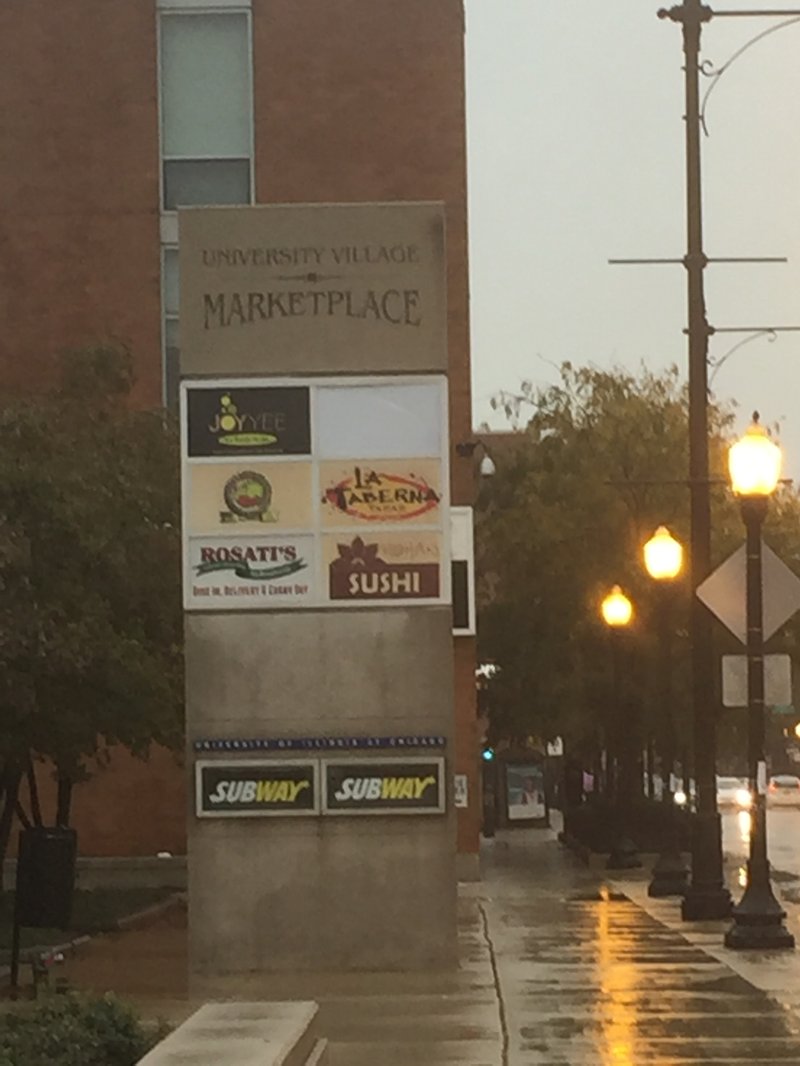
Towards the west and center of the neighborhood though, the buildings were mostly huge university square university buildings. These buildings were newer than in the east and north of the neighborhood. It seemed less clear to me why the residential area was a part of University Village. This areas seemed more representative of old Little Italy than of new University Village. Overall though, this area didn’t have signs or store front that mentioned either University Village or Little Italy.
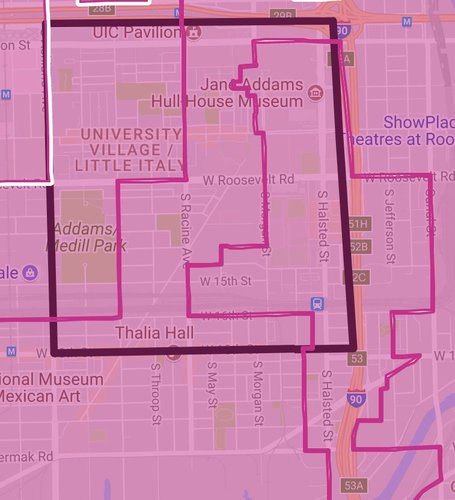
University village falls under three alderamanic wards: 28, 25 and 11.
I made this map using public adlermanic boundaries from Chicago Data Portal.
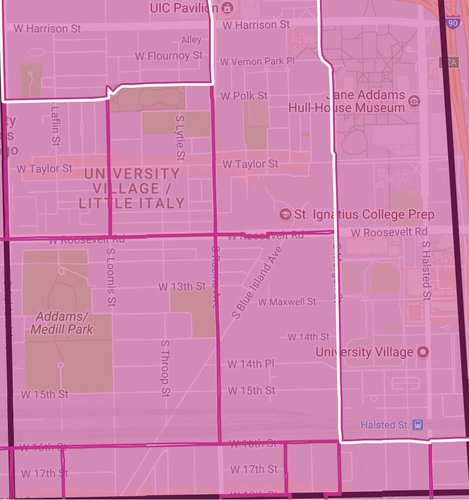
Twelve census tracts fall within the boundaries of University Village.
I made this map using public census tract boundaries from Chicago Data Portal.

History
University village is a neighborhood on the West-side of Chicago that used to be called Little Italy. University Village was dubbed “Little Italy” because in the 20th and 19th century century many Europeans immigrated to the west side of Chicago. This was a national trend in America of a huge up tick in European immigrants.
The influx of European immigrants was supported by Little Italy's Hull House in the north of present day University Village. The Hull House took in immigrants and offered food, citizenry classes, and other community building opportunities.
Historically, Little Italy was multi ethnic, but Italian culture had a strong impact on the neighborhood. Especially on Taylor street, there were many Italian restaurants and institutions. Today a few vestiges of the Little Italy past remain especially in the form of big Roman Catholic Churches. Additionally in the north west of the neighborhood there is a National Italian American Sports Hall of Fame.
Like many neighborhoods in Chicago though, the development of interstate highways caused big changes in Little Italy. In the mid 20th century The Eisenhower Highway, which now serves as the northern boundary for the neighborhood --- drastically decreased the size of the neighborhood. The building of University of Illinois at Chicago in the 1960s caused even more impact. With the arrival of University Illinois at Chicago, many Italians were pushed outside of the neighborhood as university buildings took up more and more land.
As time went on, the neighborhood became more and more racially and ethnically diverse. In 2000, Little Italy re-branded itself as University Village. As its name suggests, the identity of University Village no longer rests in Italian heritage but in the proximity to University of Illinois at Chicago.
Now, the northern boundary is Eisenhower Highway, the western boundary is Ashland Avenue, the eastern boundary is Interstate 90/94, and the southern boundary is 18th street.
“University Village Neighborhood Profile.” Tribunedigital-Chicagotribune, 23 July 2010, articles.chicagotribune.com/2010-07-23/classified/ct-home-0723-university-village-20100723_1_university-village-town-houses-college-town/2.
“Little Italy.” The Chicago Neighborhoods, www.thechicagoneighborhoods.com/Little-Italy
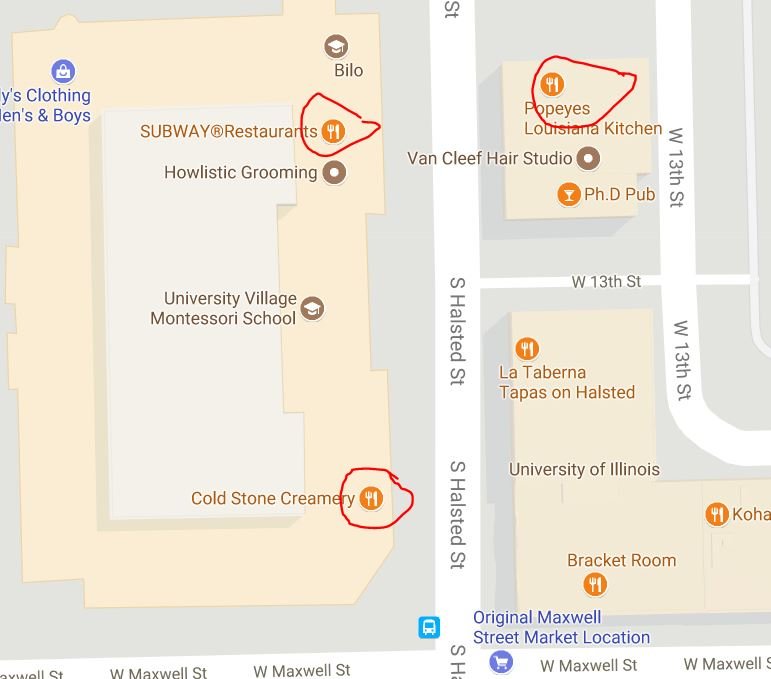

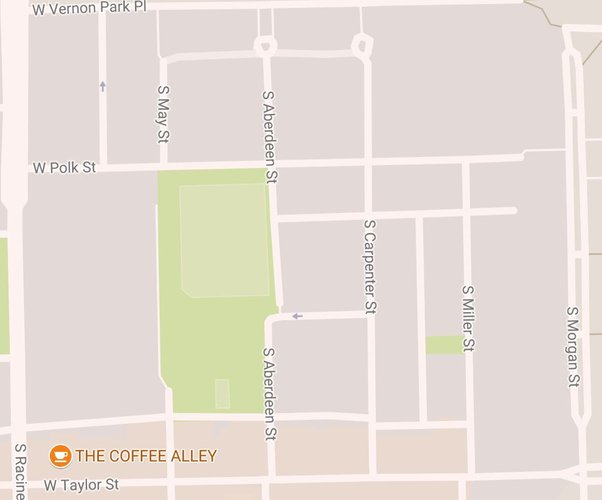

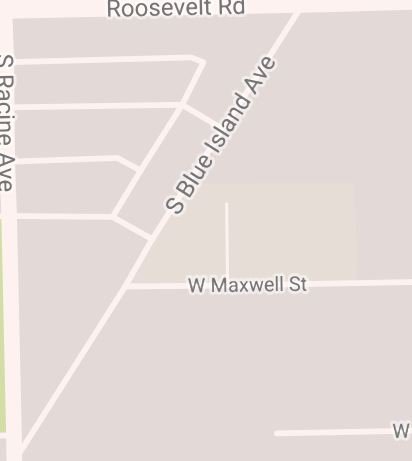
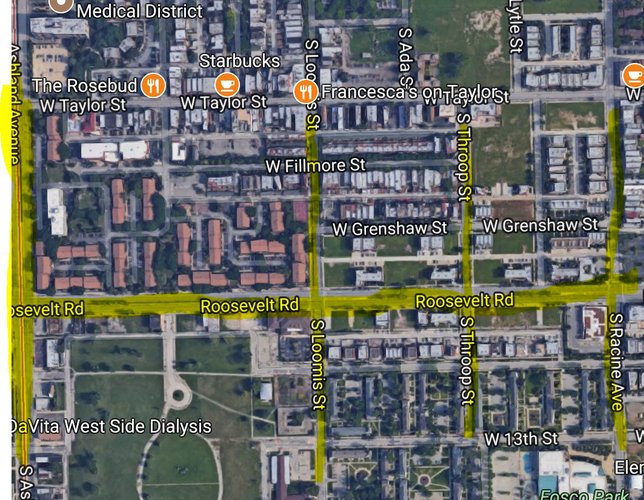
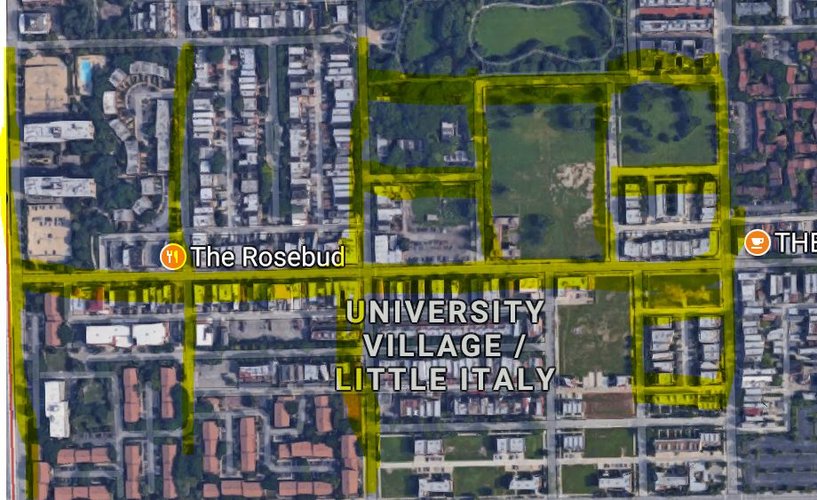
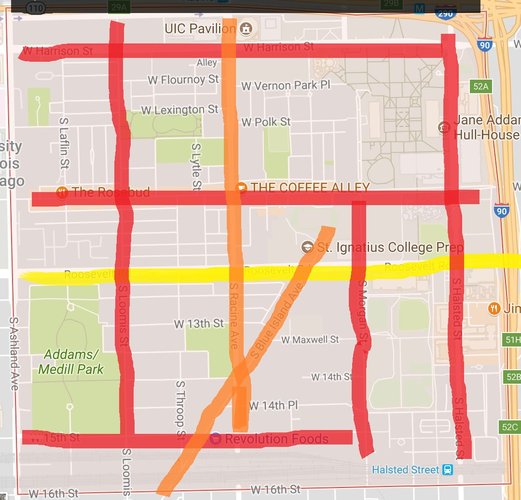
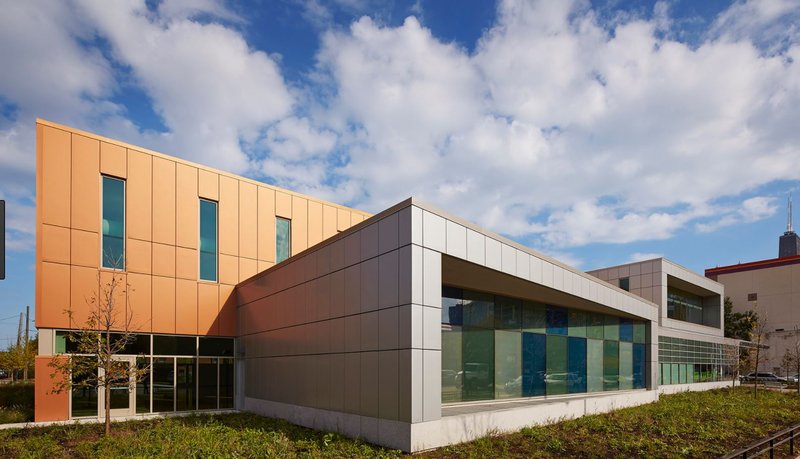

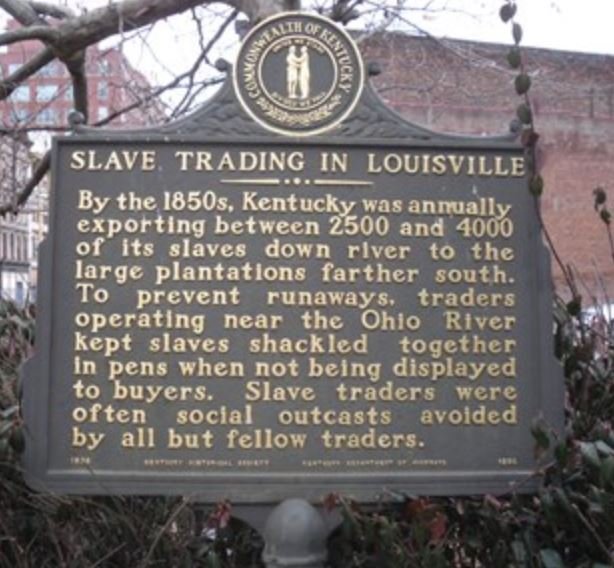

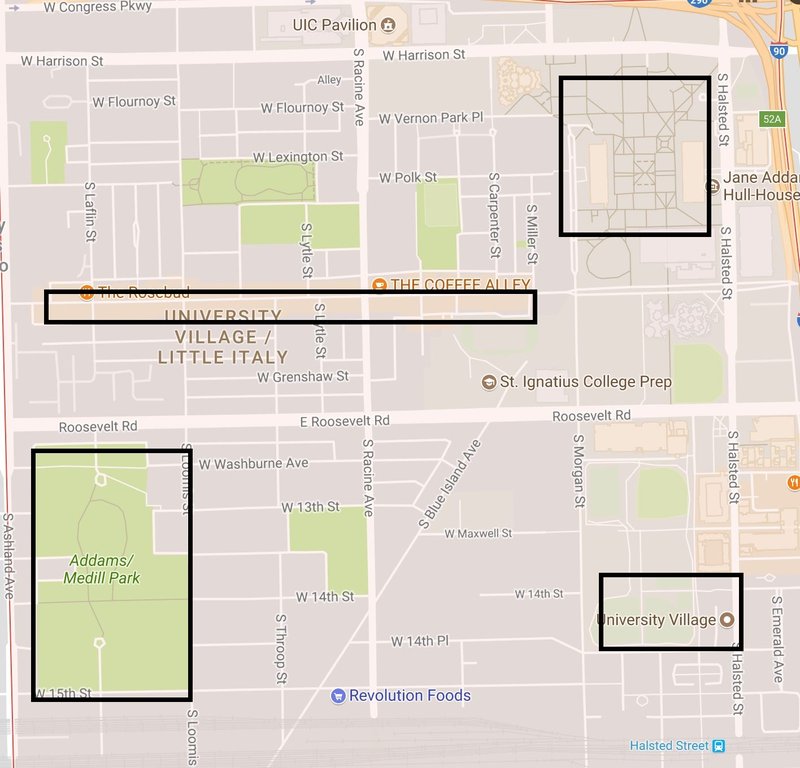
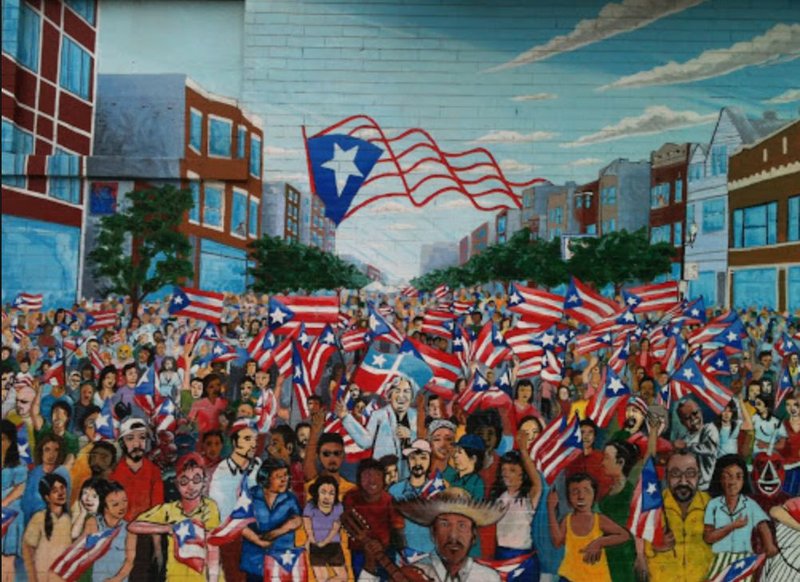
Social Mix
When it comes to racial diversity, University Village isn’t super diverse but it matches up to the level of diversity for the Near West Area Community Village. Although it only has a 2.27/4 the amount of Asian people in Near West Area Community Village is very high. The amount of black people, however, is very low consider the number of black people in Chicago. These demographics can probably be attributed to the demographics of The University of Illinois at Chicago which is a huge part of University Village.
University Village is pretty diverse in education but not very much. Again, this is probably because of the university. Most of the diversity in education comes from the fact that there are many people who obtain professional and doctorate degrees. However, there is very little representation for people who did not finish high school.
In terms of diversity in income by race (which is arguably a bad thing) University Village was pretty high, but not as high as Chicago as a whole. In University Village white people make the most money by far ($131, 328), while Asian people make $110, 492 and Black people only make about $59, 315.